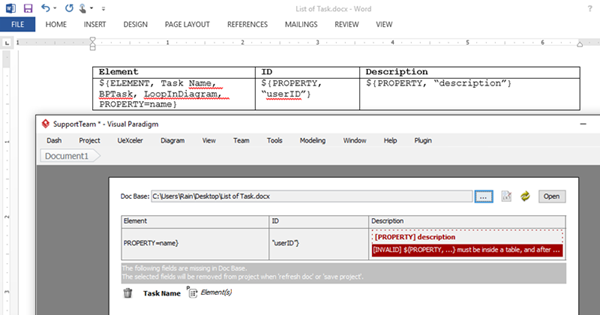How to upgrade your academic license to new version
![]() Visual Paradigm Academic Partner Program is established for tertiary education institutions to adopt object-oriented technology. Educational institutions taking part in Academic Partner Program will be entitled to software license of Visual Paradigm, providing that the software is solely used for educational purposes. The academic license will be entitle for all the version upgrade through the subscription period. In this article we will show you how to upgrade your academic license to latest version. Read more
Visual Paradigm Academic Partner Program is established for tertiary education institutions to adopt object-oriented technology. Educational institutions taking part in Academic Partner Program will be entitled to software license of Visual Paradigm, providing that the software is solely used for educational purposes. The academic license will be entitle for all the version upgrade through the subscription period. In this article we will show you how to upgrade your academic license to latest version. Read more


 Floating license enables users to share the
Floating license enables users to share the  In requirement capturing use case is typically used to model the system goal where there user or stakeholder would like to achieve. Sometimes the use case could be very big and hard to manage. In agile development approach the
In requirement capturing use case is typically used to model the system goal where there user or stakeholder would like to achieve. Sometimes the use case could be very big and hard to manage. In agile development approach the 


